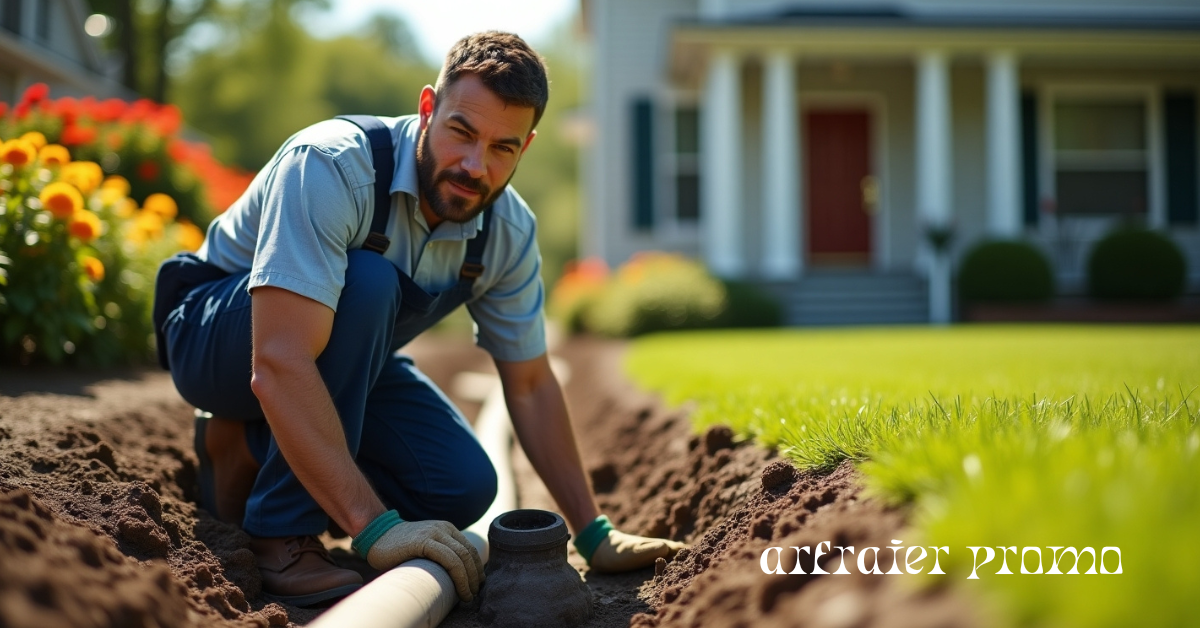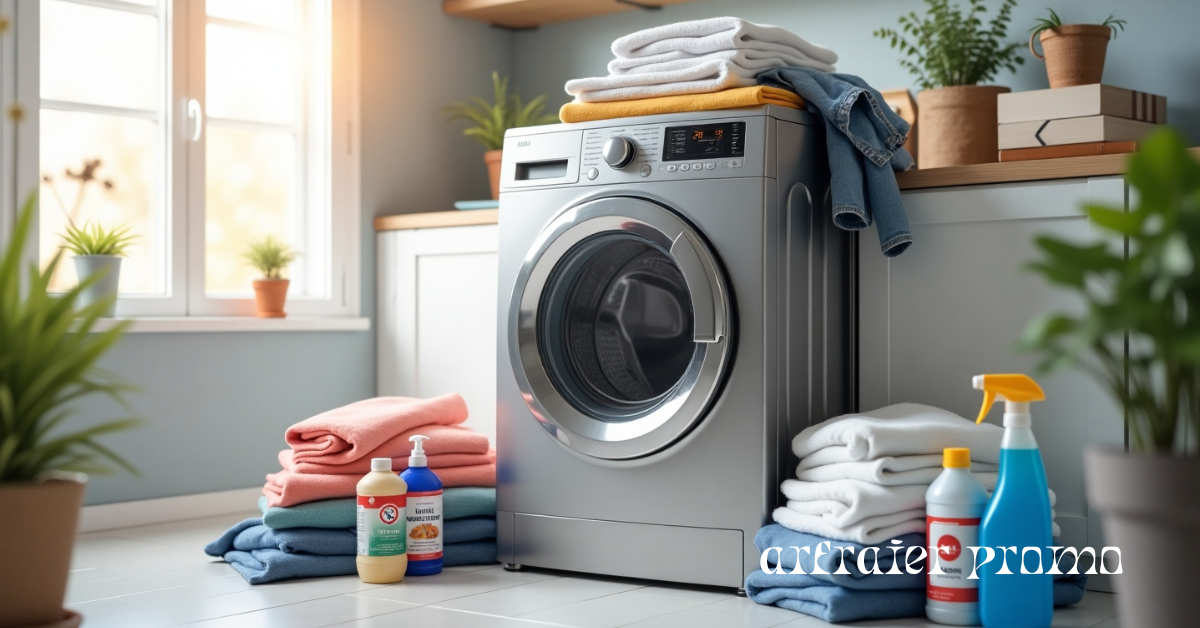Laundry is a never-ending household task, and most people rely on store-bought detergents to get the job done. While commercial detergents are convenient, they often contain harsh chemicals, artificial fragrances, and unnecessary additives that may not be suitable for sensitive skin or eco-conscious households. This is where homemade laundry detergent comes in.
By making your own detergent at home, you can control the ingredients, reduce costs, and create an eco-friendly cleaning solution. In this guide, we’ll explore why homemade detergent is worth considering, share simple recipes, and answer common questions to help you make the switch with confidence.
Why Choose Homemade Laundry Detergent?
There are several reasons why more and more families are turning to DIY laundry detergents:
-
Cost Savings – Store-bought detergents can cost anywhere from $0.20 to $0.40 per load, while homemade versions usually cost less than $0.05 per load. Over time, that adds up.
-
Health Benefits – Many commercial detergents contain sulfates, dyes, and synthetic fragrances that may irritate sensitive skin. Homemade recipes can be made fragrance-free or hypoallergenic.
-
Eco-Friendly – Making your own detergent reduces plastic packaging waste and avoids harmful chemicals that may end up in waterways.
-
Customizable – You can adjust the recipe for sensitive skin, add essential oils for fragrance, or make a version suitable for high-efficiency washing machines.
Ingredients Commonly Used in Homemade Laundry Detergent
Most DIY detergents use a small set of affordable, natural ingredients. Here are the most common ones:
| Ingredient | Purpose | Benefits |
|---|---|---|
| Washing Soda | Breaks down grease & stains | Boosts cleaning power |
| Borax | Natural cleaner & deodorizer | Softens water, removes odors |
| Castile Soap / Bar Soap | Base cleaning agent | Gentle, biodegradable |
| Baking Soda | Balances pH & deodorizes | Softens water, brightens clothes |
| Essential Oils | Adds fragrance | Antibacterial properties |
| Vinegar | Acts as a natural softener | Reduces residue, freshens clothes |
Simple Homemade Laundry Detergent Recipes
1. Powder Laundry Detergent
Ingredients:
-
1 bar unscented soap (Castile or laundry soap)
-
1 cup washing soda
-
1 cup borax
Instructions:
-
Grate the soap bar into fine flakes.
-
Mix with washing soda and borax.
-
Store in an airtight container.
Use: 2–3 tablespoons per load.
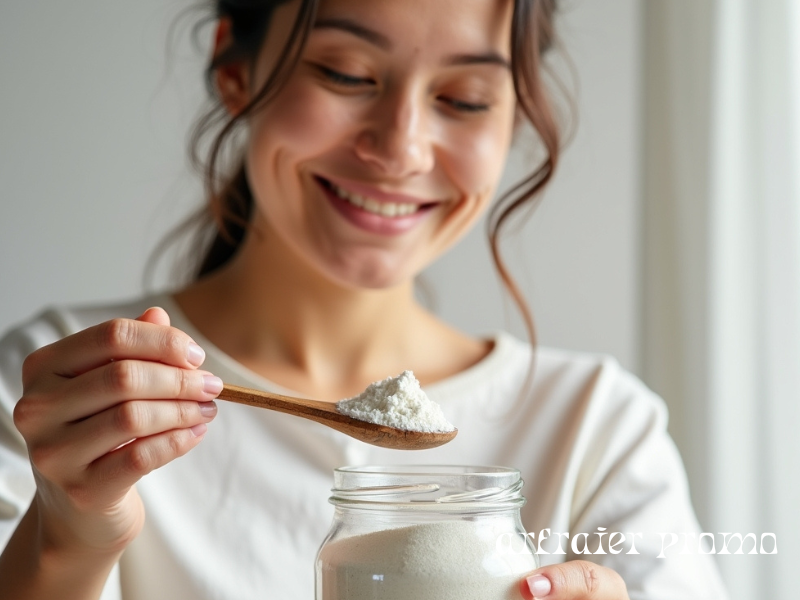
2. Liquid Laundry Detergent
Ingredients:
-
1 bar soap (grated)
-
1 cup washing soda
-
½ cup borax
-
4 liters hot water
Instructions:
-
Dissolve grated soap in hot water.
-
Add washing soda and borax, stir until dissolved.
-
Pour into a large container and fill with water.
-
Let sit overnight to thicken.
Use: ½ cup per load.
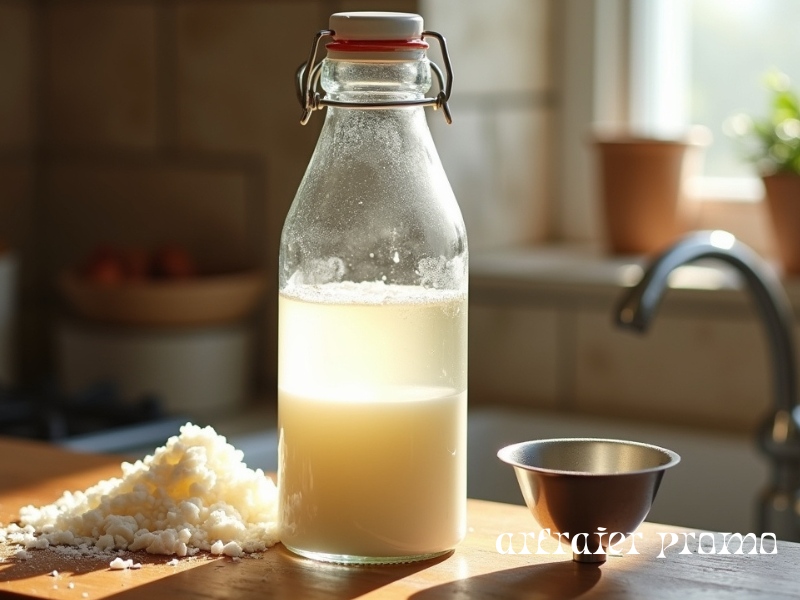
3. No-Borax Detergent (Sensitive Skin Friendly)
Ingredients:
-
1 bar unscented soap
-
1 cup washing soda
-
½ cup baking soda
Instructions:
-
Grate the soap and mix with washing soda and baking soda.
-
Store in a sealed jar.
Use: 2 tablespoons per load.
4. DIY Laundry Pods
Ingredients:
-
2 cups washing soda
-
1 cup baking soda
-
½ cup Epsom salt
-
½ cup liquid Castile soap
-
Few drops essential oils
Instructions:
-
Mix dry ingredients first.
-
Add liquid soap slowly until mixture is moldable.
-
Press into silicone molds and let dry.
Use: 1 pod per load.
There are many different methods of making laundry detergent at home, and variations can suit different needs. For more inspiration, you can check out these homemade laundry detergent recipes from The Spruce.
Homemade Laundry Detergent for Different Needs
Not all laundry loads are the same, and different households have unique requirements. The great thing about homemade detergent is that you can adapt recipes to suit your specific needs:
1. For Sensitive Skin & Babies
-
Commercial detergents often contain dyes and synthetic fragrances that irritate delicate skin.
-
Opt for a no-borax, fragrance-free recipe using just washing soda, baking soda, and unscented soap.
-
Avoid essential oils unless you’ve tested them on your skin first.
-
Ideal Recipe: 1 cup washing soda + 1 cup baking soda + 1 grated bar of Castile soap.
Tip: Always run an extra rinse cycle for baby clothes to remove any leftover residue.
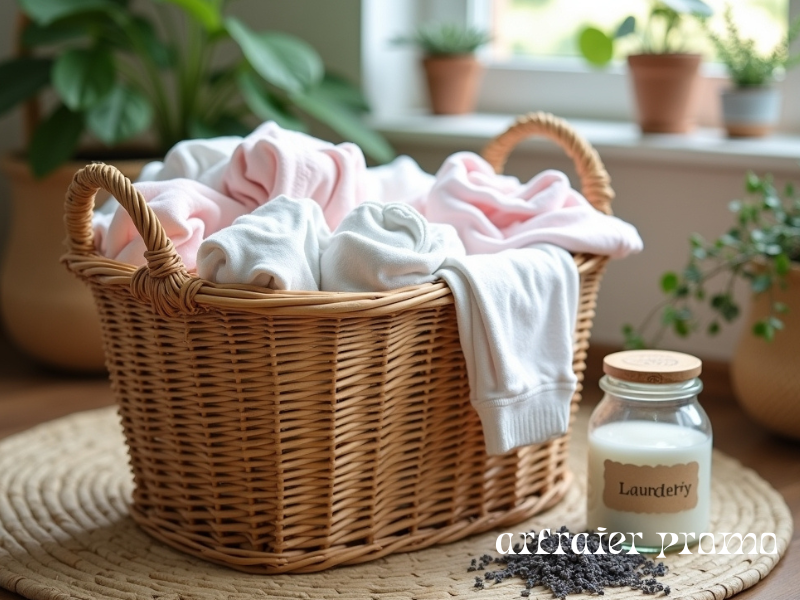
2. For High-Efficiency (HE) Washing Machines
-
HE machines use less water, which means regular detergents can produce too many suds.
-
Homemade detergents are naturally low-sudsing, making them safe for HE washers if you stick to liquid or finely ground powders.
-
Use ½ the amount compared to a standard load (e.g., 1–2 tablespoons of powder instead of 3–4).
Tip: Every month, run a maintenance wash with hot water and vinegar to prevent buildup.
3. For Hard Water Areas
-
Hard water contains minerals like calcium and magnesium that can reduce detergent effectiveness.
-
Add ½ cup washing soda or vinegar per load to soften water and improve cleaning power.
-
You can also add Borax, which naturally softens water and boosts stain removal.
Tip: Over time, homemade detergents may leave a residue in hard water homes — vinegar rinses can help.
4. For Heavy Stains & Sports Clothes
-
Everyday recipes may not fully remove sweat, mud, or food stains.
-
Pre-treat clothes with a DIY stain remover before washing:
-
Baking soda + water paste for grease and food stains.
-
Lemon juice + salt for whitening and deodorizing.
-
Hydrogen peroxide for sweat stains.
-
Tip: Add ½ cup baking soda directly into the drum for odor-heavy loads like gym clothes.
5. For Eco-Friendly & Zero-Waste Living
-
Skip plastic packaging by buying ingredients in bulk.
-
Use reusable jars or containers for storage.
-
Choose Castile soap (biodegradable) and avoid borax if you want the most eco-friendly recipe possible.
Tip: Dryer sheets can be replaced with wool dryer balls scented with essential oils.
Homemade Laundry Detergent vs Store-Bought
| Factor | Homemade | Store-Bought |
|---|---|---|
| Cost per Load | $0.05 or less | $0.20–0.40 |
| Ingredients | Natural, customizable | Often synthetic |
| Eco-Friendliness | Low waste, biodegradable | High packaging waste |
| Cleaning Power | Good for daily loads | Stronger on heavy stains |
| Sensitive Skin | Hypoallergenic options | May contain irritants |
Common Mistakes to Avoid
-
Using too much detergent – homemade options are concentrated, so a little goes a long way.
-
Skipping washing soda in hard water areas – this reduces cleaning effectiveness.
-
Adding too much essential oil – can cause staining or irritation.
-
Improper storage – moisture can cause clumping, so always use airtight containers.
Is Homemade Laundry Detergent Safe for Washing Machines?
Many people wonder if DIY detergents will damage their machines. The truth is:
-
For HE machines: Use liquid, low-suds recipes.
-
For top-load machines: Powder and pods work well.
-
Maintenance tip: Run a hot rinse cycle with vinegar once a month to prevent residue buildup.
Extra DIY Laundry Tips
-
Homemade Fabric Softener: Add ½ cup white vinegar during the rinse cycle.
-
DIY Stain Remover: Make a paste with baking soda and water, apply before washing.
-
Natural Whitening Boost: Add ½ cup hydrogen peroxide to white loads.
-
Dryer Sheet Alternatives: Use wool dryer balls with a few drops of essential oil.
Pros and Cons of Homemade Laundry Detergent
Pros:
-
Saves money over time
-
Eco-friendly, reduces waste
-
Customizable for different needs
-
Gentle on skin and clothes
Cons:
-
May not be as strong on tough stains
-
Requires time and effort to make
-
Needs proper storage to stay effective
Conclusion
Homemade laundry detergent is a smart alternative for families looking to save money, reduce waste, and enjoy a more natural way to clean clothes. With simple ingredients like washing soda, borax, and baking soda, you can create a safe and effective detergent at home.
Not only does it work for everyday laundry, but you can also customize recipes for sensitive skin, hard water, or high-efficiency washers. By making the switch, you’ll enjoy cleaner clothes, a healthier home, and a positive impact on the environment.
Frequently Asked Questions (FAQs)
1. How long does homemade laundry detergent last?
Up to 6 months if stored in an airtight container.
2. Can I use homemade detergent in cold water?
Yes, but powder recipes may dissolve better in warm water.
3. Is borax safe to use?
Borax is generally safe in laundry use, but if you prefer, use a no-borax recipe.
4. How much should I use per load?
Typically 2–3 tablespoons for powder or ½ cup for liquid.
5. Does homemade detergent work in both front-load and top-load machines?
Yes, just choose a low-suds liquid recipe for HE front-loaders.





